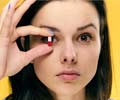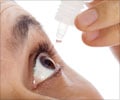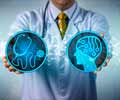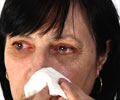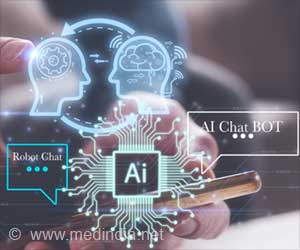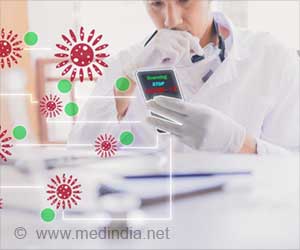AI's ongoing learning process acts as a catalyst, driving research forward by contributing to predictive models for dry eye disease.
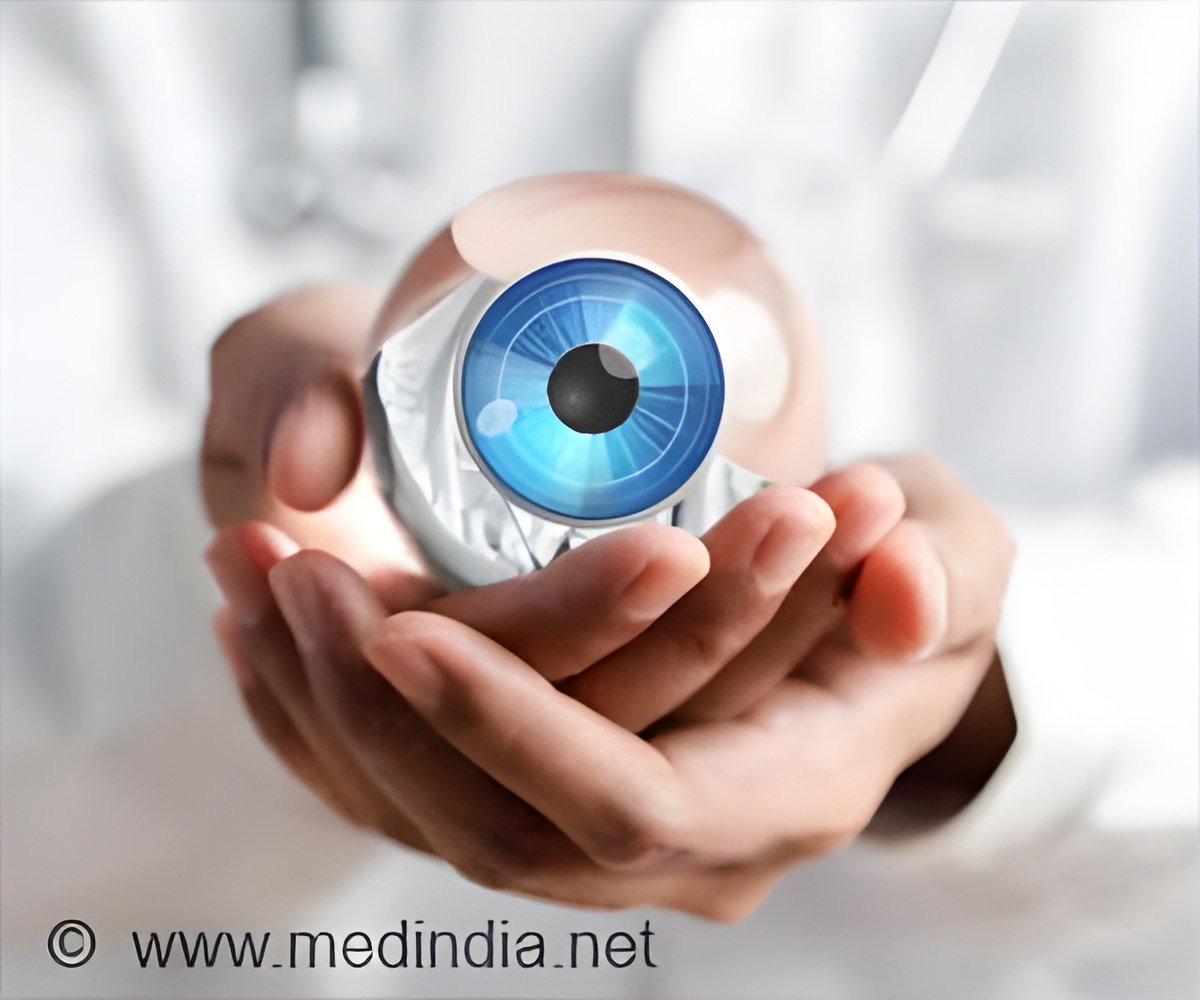
AI-Based Advanced Approaches and Dry Eye Disease Detection Based on Multi-Source Evidence: Cases, Applications, Issues, and Future Directions
Go to source). In this research endeavor, scientists endeavor to leverage artificial intelligence (AI) to facilitate early screening and prognosis of DED. By harnessing AI technology, screening becomes more accessible to individuals, while also enabling personalized therapeutic interventions for patients.
‘AI, in its continual learning process, serves as a catalyst for advancing research by contributing to predictive models for #dryeyedisease. #artificialintelligence’





Researchers published their results in Big Data Mining and Analytics. Understanding the Impact and Symptoms of Dry Eye Disease
DED can affect a wide array of people, including those who wear contact lenses, makeup, stay up late, look at screens for a long time and are over 30 years old. Symptoms of this disease are dry eyes, irritation and burning, tears, eye fatigue and pain. One can easily see how this disease has the potential to drastically impact a large portion of the modern world’s population. Here is where the combined efforts of ophthalmic disease detection and the world of computer scientists and engineers can help.“By addressing challenges, imparting insights, and delineating future research pathways, it contributes substantially to the advancement of ophthalmic disease detection through sophisticated technological modalities,” said Mini Han Wang, author and researcher.
There are seven facets to this AI-based disease detection. Timely intervention via the AI screening process and correct prognosis is the first part. The use of exhaustive surveys for DED through AI is another, and this is a supporting principle to ensure a level of thoroughness and trustworthiness throughout the process. A systematic approach follows, as well as the marriage of computer science and engineering with ophthalmology. Then, the standards for DED detection must be devised and upheld for future researchers and practitioners, which will naturally lead to the advancement of the field. Finally, all the research, methodologies and tools must be compiled so researchers, scholars and practitioners can have all of the information currently out there available to them.
While the ophthalmologists set the guidelines regarding the framework of the disease and flags for diagnosis, the AI does a lot of the heavy lifting. Ideally, this AI would use images and videos taken from a user’s cell phone to help reach users across the world. The AI can then utilize these images, as well as risk factors in the patient’s life, to make a smart and well-informed prognosis.
Advertisement
“However, there are still challenges for engineers to select the diagnostic standards and combinations of different types of datasets. By using trustworthy algorithms, images and videos captured from phones for accessibility purposes, a holistic approach to healthcare for early screening is possible,” said Wang.
Reference:
- AI-Based Advanced Approaches and Dry Eye Disease Detection Based on Multi-Source Evidence: Cases, Applications, Issues, and Future Directions - (https://ieeexplore.ieee.org/document/10506809/)
Source-Eurekalert

